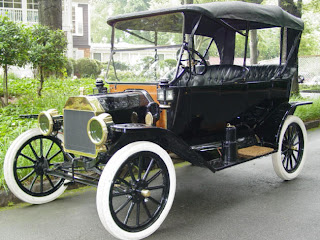robmausser
Senior Member
Montreal metro trains weigh more per unit area than TTC trains because they are narrower. Trains require the same components, and those required components aren't going to change any time soon. I
Montreal metro trains weigh more because they are a rubber tyred metro and therefore have both a set of steel wheels, rubber wheels as well as guidewheels etc. They are much more complex than even the Toronto Rockets.
Perhaps a bad example on my part but you are focusing on the wrong thing; they are narrower but longer and still have the same capacity as the Toronto Rockets.
Their narrow design allowed the Montreal Metro to be a single bore project and thus was cheaper than the TTC tunnels to construct.You could do a single bore for the existing TTC subway system but due to their width the cost savings would be negligible since you would need such a big bore.
One of many ways a different technology than the current Toronto system can be more cost effective.

